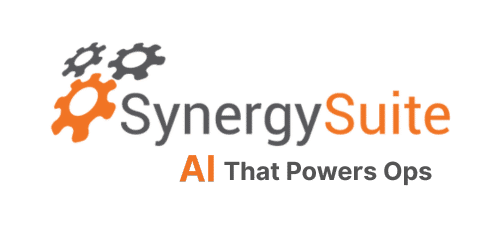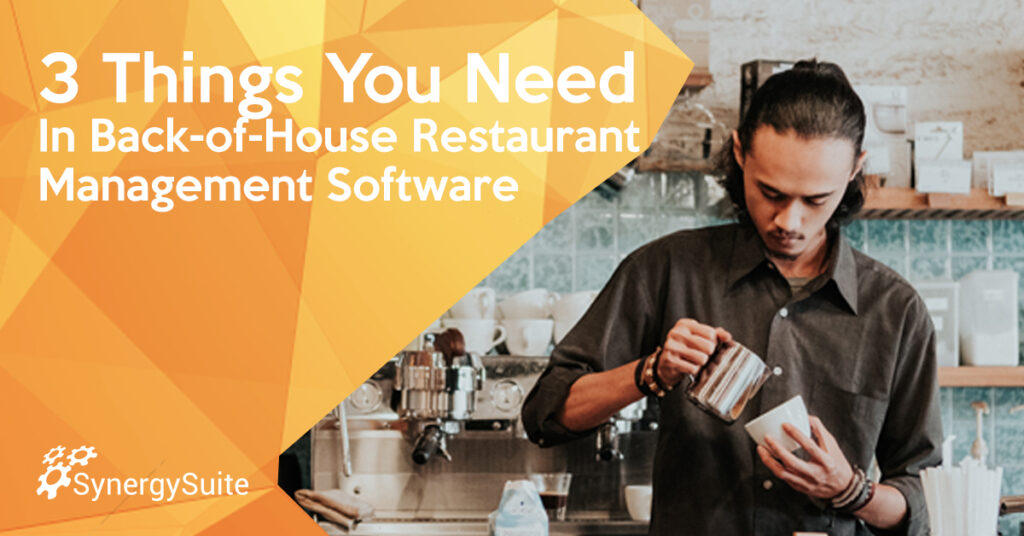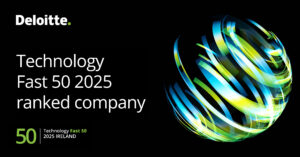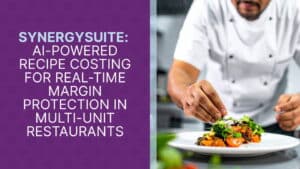Have you heard the one about a guy who dies and finds himself in an elevator? He goes all the way to the top and the doors open to an absolute paradise where all are smiling and happy, and everything is beautiful and in order. Then the doors slam shut and he quickly descends to the bottom floor. The doors open and to his dismay, it is suffering, fire and brimstone. He asks in horror why he could not have stayed at the first stop, to which they laugh and tell him that what he had just seen was only the DEMO!
So what do you look for in a restaurant management software to make sure you don’t end up in “But that was in the demo!” limbo?
Where We Started
The early ‘90s was the wild west of software bundles. Without comprehensive product strategies, companies were cobbling together disparate systems to offer a complete suite of products to the public. An all-in-one solution (that was anything but) for all your software needs.
For example, a company that made a very high-quality word processor, but did not have the spreadsheet or database or presentation software to go with it, would make licensing arrangements with other developers to bundle their products. Then, they would race off to market with their new bundle in one, rebranded package, well before it was fully developed, integrated and tested.
Microsoft figured out early on that these systems did not play well together and created their own bundle of products using a single, unified platform. Microsoft Office was the result, and we still use it today. Bundles, or suites, that were created together provide a unified platform and superior data sharing, and ensure critical functionality and data are never compromised.
Where We Are Now
This is not dissimilar to what is happening now in the restaurant industry. Some products aren’t fully developed—either because the suite was assembled piecemeal, or the company is selling the vision of the road map rather than currently functional features.
Owners, in an effort to cover all their back of house needs, look for “Best of Breed” solutions. They adopt a solution for each functional area. Since each solution is created by a different company, built on different platforms, it becomes difficult for them to seamlessly integrate these systems and extract the data they need.
And unfortunately, for many chains, tech that doesn’t talk to each other is still better than just using excel. Using only excel for reporting can be cumbersome at best, and you run the risk of human error when numbers have to be input in multiple places. If you are looking for a comprehensive back-of-house solution for your restaurant, here are three things to consider when purchasing software:
- INTEGRATION: Does the solution integrate with your current systems? This is a crucial element—data from your POS, suppliers and accounting software should all be seamlessly integrated with your restaurant management solution. You don’t want to continue bolting on solutions that were built using different programming languages and platforms.
- EASE OF USE: Many software companies tout their enterprise-level dashboards long before they discuss their ability to solve the age-old problem of simplifying the lives of the operational team.
We live in a world of mobile devices. Making sure the system is mobile friendly and allows your team to complete the majority of their work from a mobile device is critical. Look for software that’s user friendly and intuitive so employees quickly understand how to use the system. - DETAILED REPORTING: The ability to easily consume and use the data you have worked so hard to obtain is imperative. When your systems can seamlessly communicate with each other and have a bi-directional data flow, you’ll be able to see live performance and results. It’s your data, let’s find a way to use it!
Not all restaurant management solutions are created equal. Instead of relying on a string of disparate systems to communicate with each other, you should seek out a system that was designed and built on one, unified platform that integrates with your front-of-house systems,suppliers and accounting systems, and accurately reports back to you the hard-earned data from your locations. A fully functioning, fully tested product, will deliver the results you need and are expecting, while helping you grow your business.





